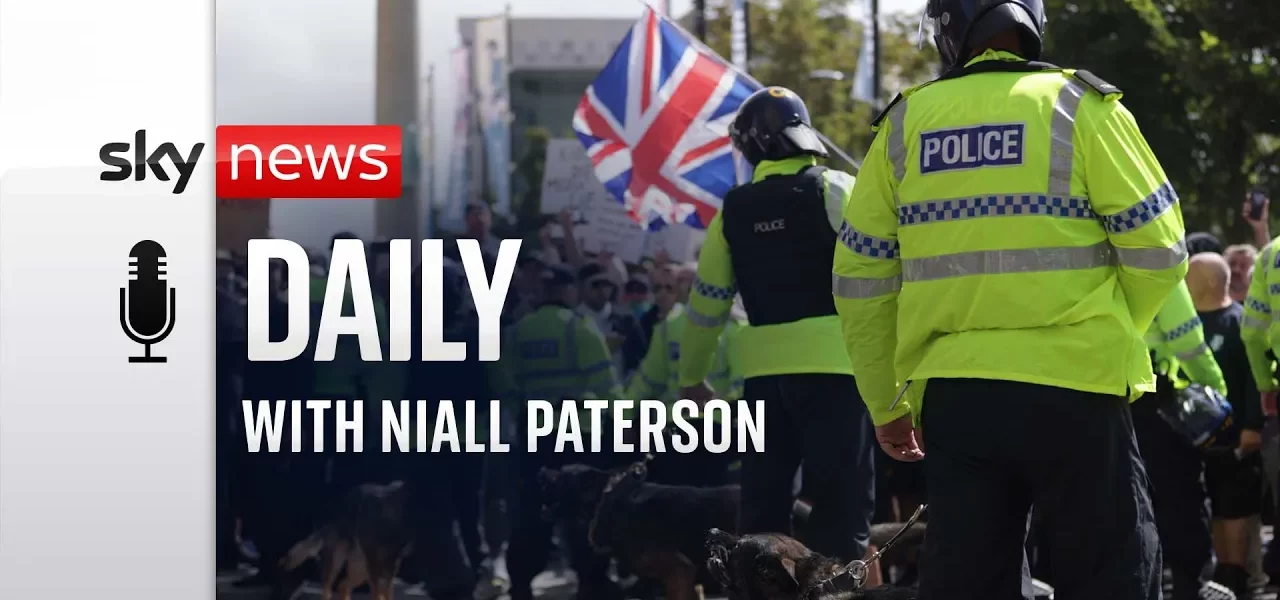Unrest and Community Response: Understanding the Current Situation

Welcome to an in-depth exploration of the recent unrest that has left communities grappling with fear and uncertainty. This article delves into the impact on various communities, the responses from emergency services, and the ongoing dialogue surrounding these issues.
Introduction
The recent surge of unrest and violence in various communities across the UK has created a palpable atmosphere of tension and fear. Following a week of escalating incidents, the repercussions are felt not only by those directly involved but also by emergency services, including the police, paramedics, and NHS staff. The Health Secretary’s controversial stance on refusing non-emergency medical care to those who abuse staff has added another layer to this complex situation. This article seeks to unpack these developments and explore the experiences of those caught in the turmoil.
Understanding the Atmosphere of Fear
The Community’s Reaction
In Liverpool, a trustee of the local mosque network described the atmosphere as “tense” and “uneasy.” Residents are experiencing a mix of grief and anxiety, particularly following tragic events that have shaken the community to its core. The loss of innocent lives in recent violence has stoked fear among the Muslim community, who have historically coexisted peacefully with their neighbors.
Public Sentiment and Community Grief
- Heightened fear of going out, particularly among families.
- A noticeable drop in community gatherings and activities.
- Increased hesitancy regarding attending places of worship.
Emergency Services Under Pressure
Challenges Faced by the Police and NHS
The police and NHS staff have been on the front lines, facing hostility and aggression during protests. Reports indicate that NHS workers, particularly those from minority backgrounds, have faced direct threats and violence while trying to deliver care.
Health Secretary’s Response
The Health Secretary, West Streeting, has taken a firm stance in response to the abuse of NHS staff. His proposal to deny care to patients who exhibit racist behavior marks a significant shift in policy, aimed at protecting healthcare workers and maintaining a safe environment for all.
Community Impact and Coping Mechanisms
Changes in Daily Life
Local businesses are also feeling the strain, adjusting their hours and practices to ensure safety. Many shopkeepers have opted to close earlier, driven by fear of potential violence. This precautionary measure underscores the deep sense of vulnerability within these communities.
Shielding Children from Violence
Parents are grappling with how to explain the current situation to their children. Many are attempting to shield their young ones from the chaos while still acknowledging the need for caution. This delicate balance reflects a broader desire for safety and normalcy amidst ongoing unrest.
Dialogue and Community Relations
The Need for Open Communication
As tensions rise, the importance of dialogue cannot be overstated. Community leaders emphasize the necessity of addressing legitimate concerns without resorting to violence. Establishing open lines of communication can help foster understanding and mitigate fears.
Community Responses to Violence
- Encouragement for peaceful protests and discussions.
- Community centers opening their doors for dialogue.
- Promotion of community unity and understanding.
Conclusion
The recent unrest has revealed deep-seated issues within communities, highlighting the need for empathy, understanding, and constructive dialogue. As we navigate this challenging landscape, it is essential to focus on healing and restoring trust. The call to action is clear: we must work together to foster a safe environment for all, ensuring that every voice is heard and respected. For further reading on community engagement and public health, explore our related articles.
“`




